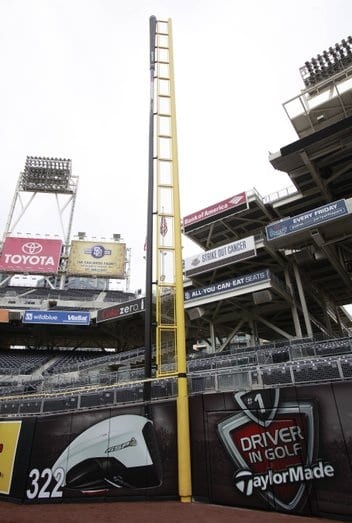by Kevin Gwinner – July 2014 You probably rely on a variety of benefits when pitching a sponsorship opportunity to a prospect, including things like signage options, hospitality opportunities, media exposure, and activation potential. However, have you considered the value of how well your brand “fits” with the prospective partner? What does research tell us?…Continue Reading 7 Ways to Make Sponsorships Fit
7 Ways to Make Sponsorships Fit
